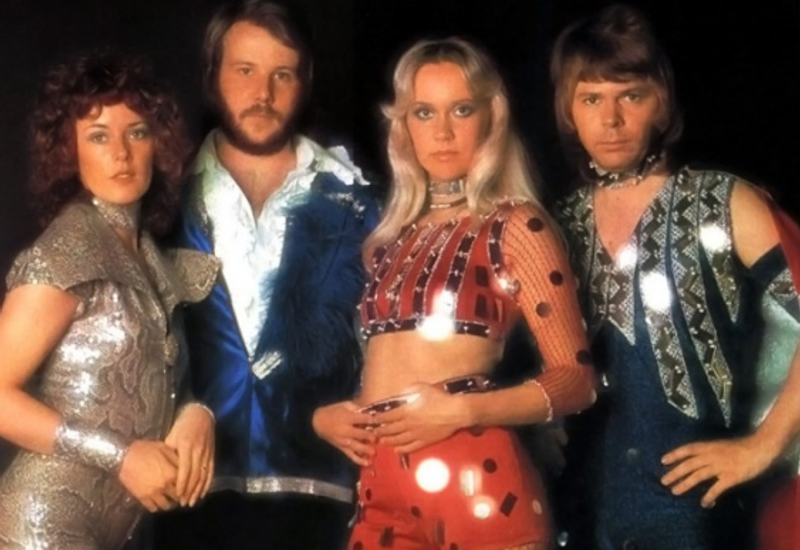What was it like to be a student in the 70s?
The 70s have become synonymous with post-hippy fashion, brown and yellow linoleum, and some of the most persistent (and best) music to have ever been made on this planet. But what was it like to be a university student during this strange period of British history? Let’s take a look!
No internet
It’s easy to forget that the internet as we know it today only began to take shape 26 years ago when computer scientist Tim Berners-Lee invented the World Wide Web. Prior to 1990, you had to have some pretty serious connections to gain access to a computer - and even then, Google hadn’t been invented yet! Writing essays and dissertations was a completely different experience, either done by hand or typewriter with only so many library books to go around. Thank goodness for technological progress…
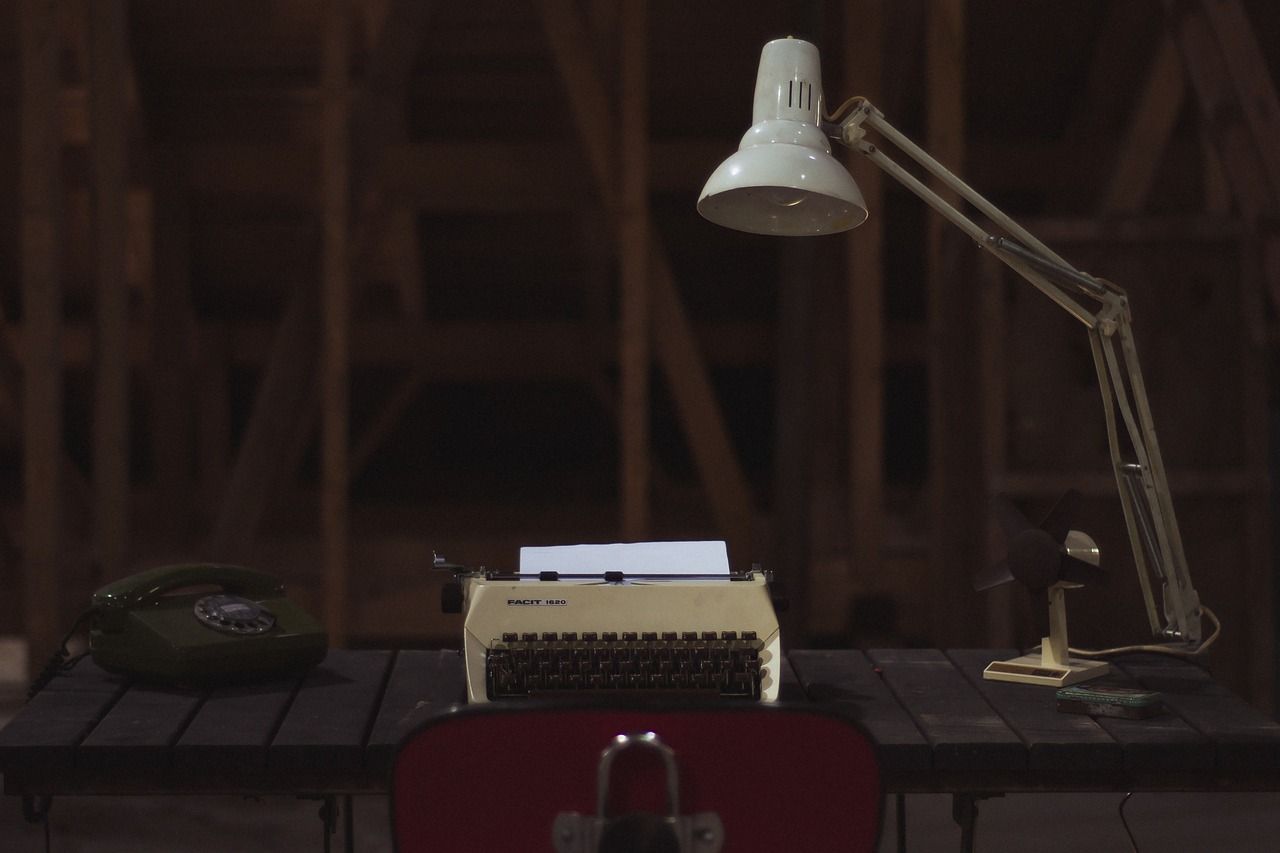
No mobile phones
The first handheld mobile phone was invented in 1973, but it weighed 1.1kg and required 10 hours of charging for a mere 30 minutes of talktime. Unless you juggled being a Wall Street mogul alongside your studies (handheld phones cost thousands), chances are you had to settle for using public telephones and telephone booths to contact your family back home - if they had a landline, that is! Being social and staying in contact with people meant putting in a bit more effort and actually being where you said you’d be when you said you’d be.
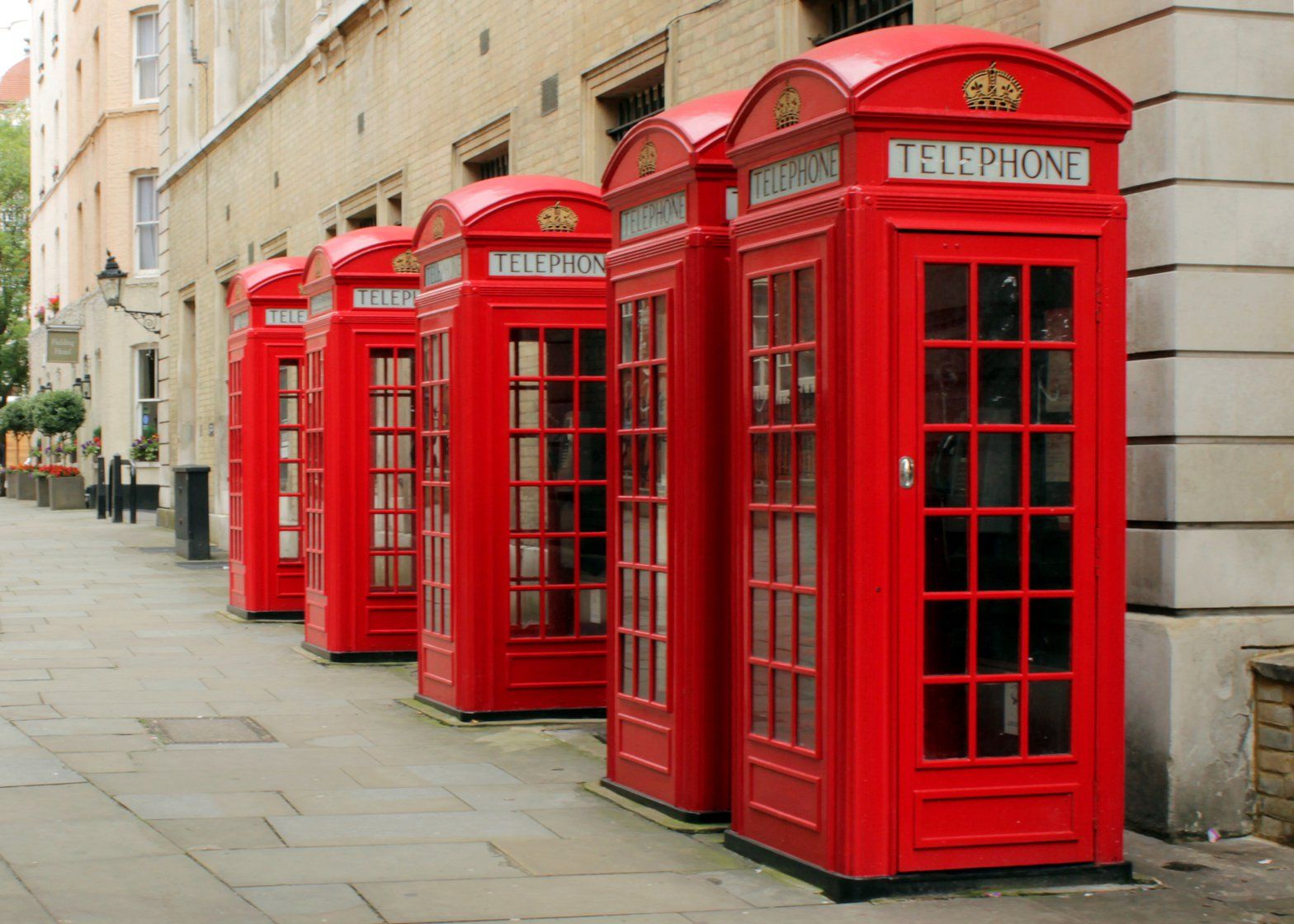
Source: Dezeen
Fewer students
Only 1 in 7 18 year olds were in higher education in 1972, and these were mostly male (source) - the number of women in higher education only started to grow in the late 1960s when some universities and subjects were still only open to male students! This is a far-cry from the current higher education climate which now sees a higher percentage of women enrolled than men in the majority of the country’s universities. This year also marks the end of capping on the numbers of students a university can recruit, and the current 40% of young people currently in higher education is set to rise if the recently released higher education white paper succeeds in all its aims.
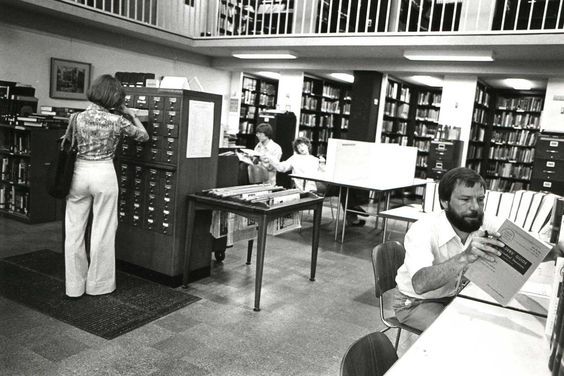
Source: Pinterest
Different money
On 15 February 1971, UK currency changed forever with decimalisation; prior to that date, shillings, tanners, florins and half crowns were in use. Here’s how it worked:
One florin = two pence
One tanner = sixpence
12 pennies = a shilling
One half crown = two shillings and sixpence
20 shillings = a pound
...eh?
Thank goodness for decimalisation.
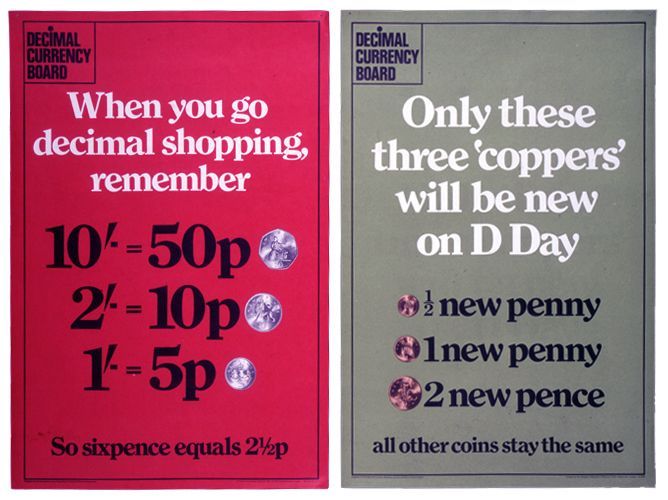
Source: Pinterest
Different loan systems
Before 1989, the mortgage-style student loans currently in place didn’t exist. University was almost completely free with grants for tuition/accommodation and a small grant for spending money. Most students worked in the summer or at the weekend to get extra cash. Having an overdraft of £200 was considered huge and very risky at the time - very different from how things are now, with some banks tempting students with overdrafts in excess of £1000 and tuition fees set to increase even further…
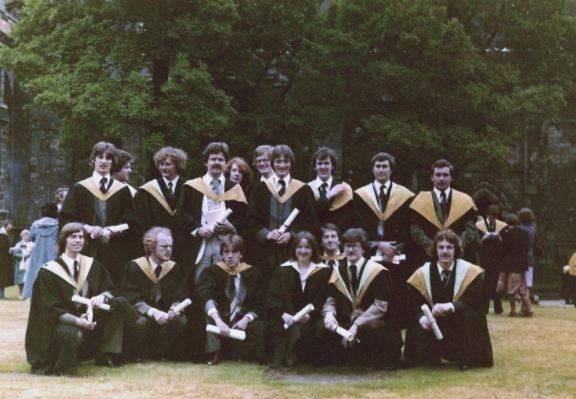
Source: University of the West of Scotland
Different grades
More 1sts and upper 2nds are awarded now than in previous decades - research shows that six out of 10 students were awarded either a 1st or upper 2nd in 2010, compared with just one in three graduates in 1970 (source). BUT - there are a lot more students in higher education now than there were the 70s. Are we getting smarter? Possibly. Or are institutions under a lot of pressure to improve their place in league tables and require good results to compete for research grants? Food for thought…

Source: The Well-Travelled Postcard
Social action
The 70s were a time of great social and political upheaval; Britain had four general elections and four prime ministers, five official states of emergency, two property booms, two oil crises, a riot of youth subcultures and a pop music revolution whose cultural reverberations are still being felt. (source)
Young people tended to wear their social or political stance visibly, with hippies, punks and young tories all being very clearly identifiable; according to the older generations, students all look similar now.
It was fairly commonplace to hold strong views and let people know about it. Socialist, Communist, Maoist, Trotskyist, Stalinist, Marxist Leninists, and other groups of the left attracted a lot of students; in London, Marxist Mr. Tariq Ali became the most well known figure leading marches and demos. Compared with the bomb-planting and general chaos creating European extremist student groups like the Baader-Meinhof and Red Brigade, students of today seem fairly passive.
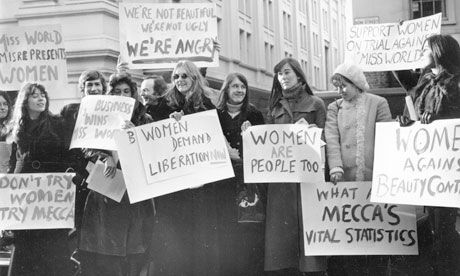
Source: Missosology
Music
David Bowie, Led Zeppelin, Pink Floyd, Bob Dylan, Stevie Wonder, Bob Marley and the Wailers, ABBA, Blondie, Queen, Chic, Lou Reed… These are just a handful of the artists whose careers began or flourished during the 70s and whose musical legacies are still very much alive today.
Fashion
The 70s most notable fashion trends (flares, peasant tops, capes, crochet pieces) have made a comeback in a big way over the past few months, but it’s doubtful that you’ll find any students walking around campus looking like these guys:
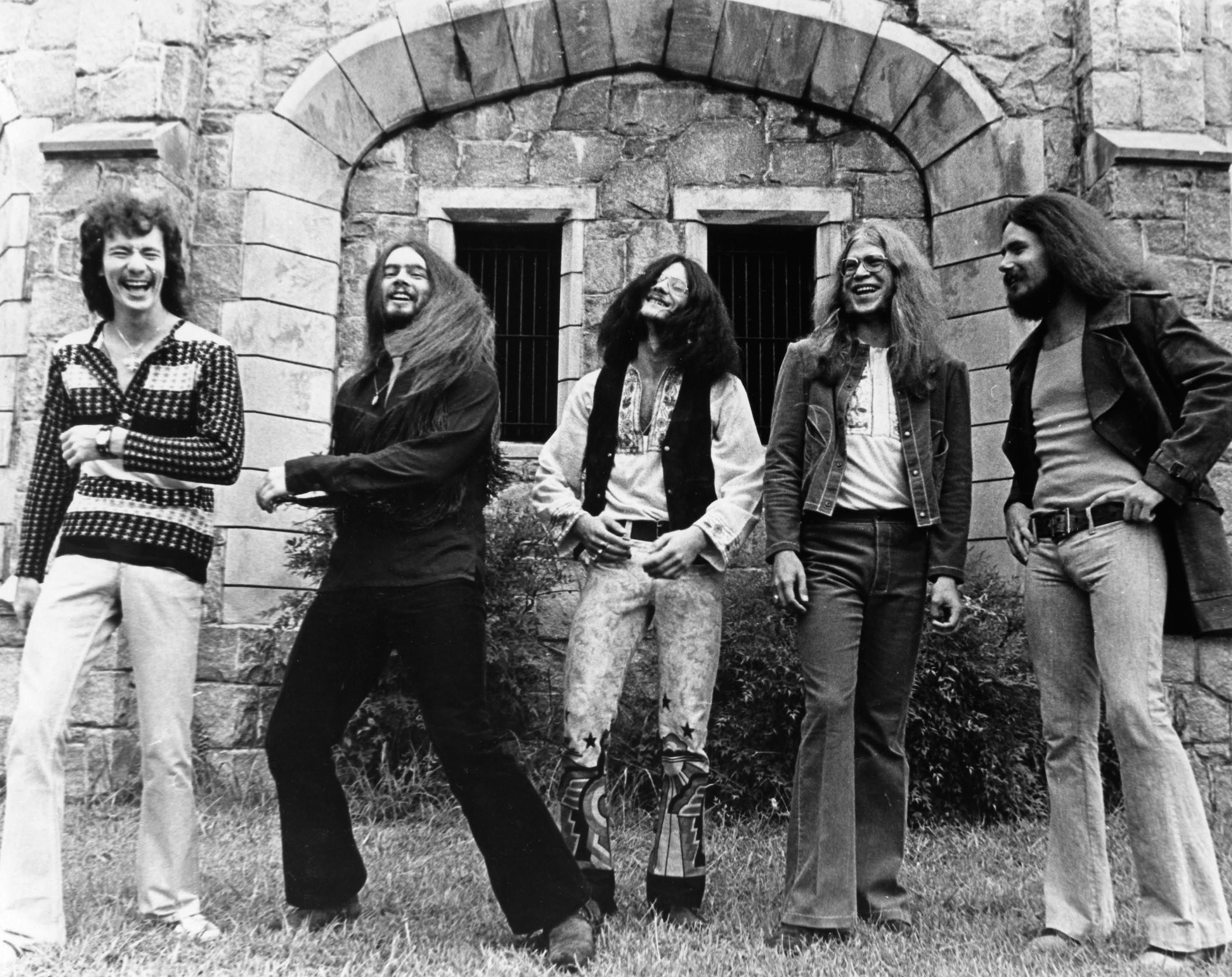
Source: Pinterest
Food and drink
Instead of Jaegerbombs, snakebite and all the bawdy cocktails that tempt young revellers into pubs and clubs these days, students in the 70s were more prone to enjoying Vermouth, simpler concoctions like gin & tonic, and good old-fashioned wine and beer. Prawn cocktails, black forest gateaux, and jelly were extremely popular food items - no cheeky Nando's or Domino's in sight...
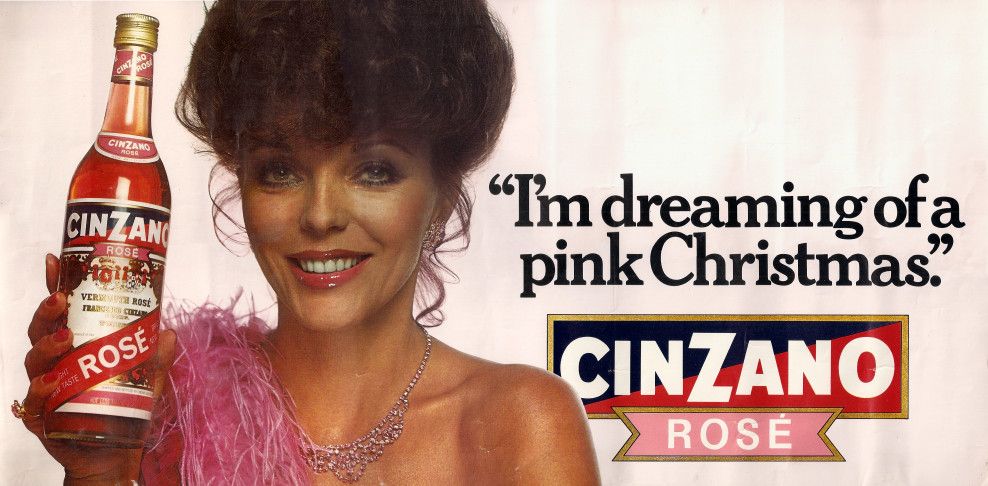
Source: Joan Collins Collection
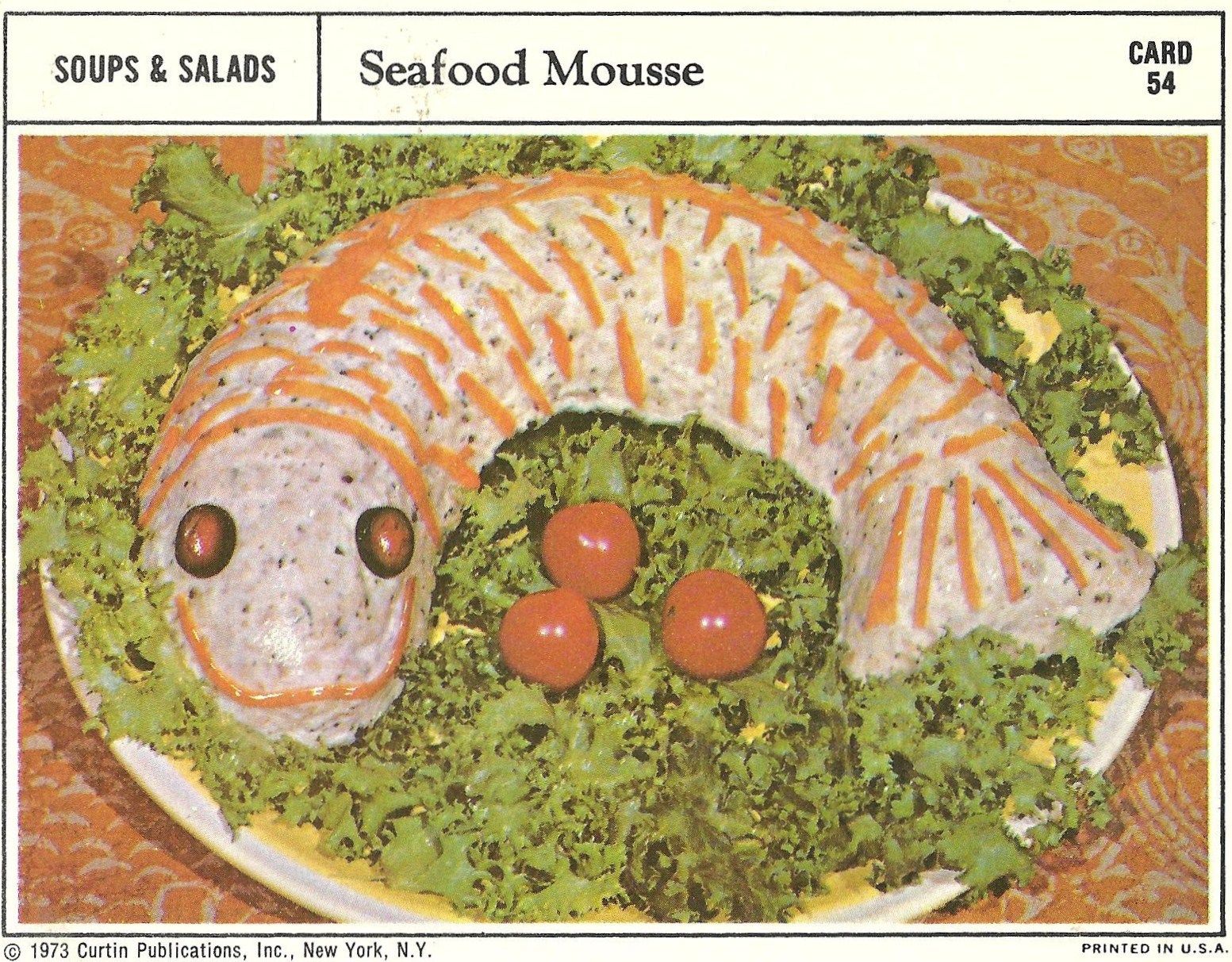
Source: Bad and Ugly of Retro Food
I think I’ll pass, thanks...
Do you think uni was better back then? Follow us on socials and let us know.

